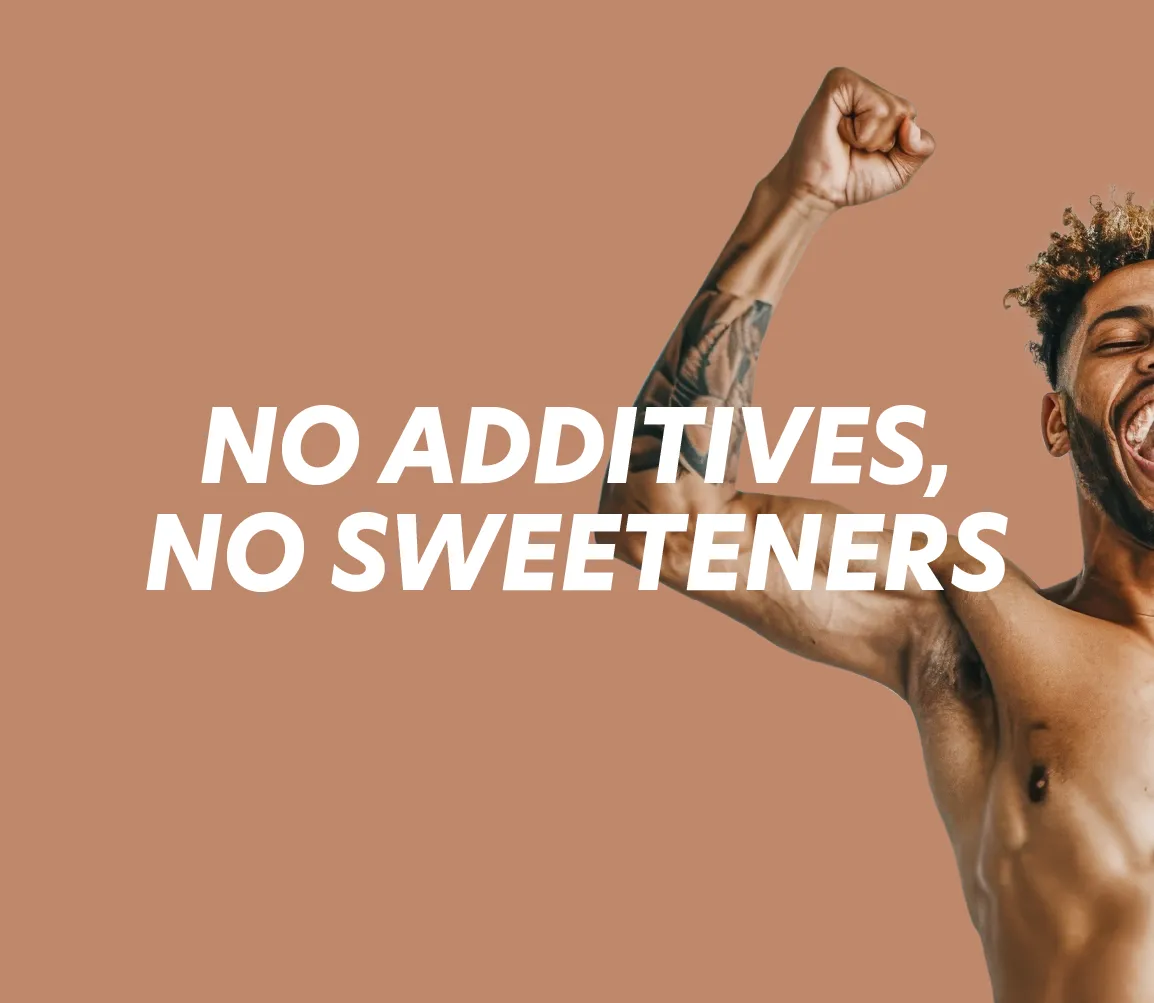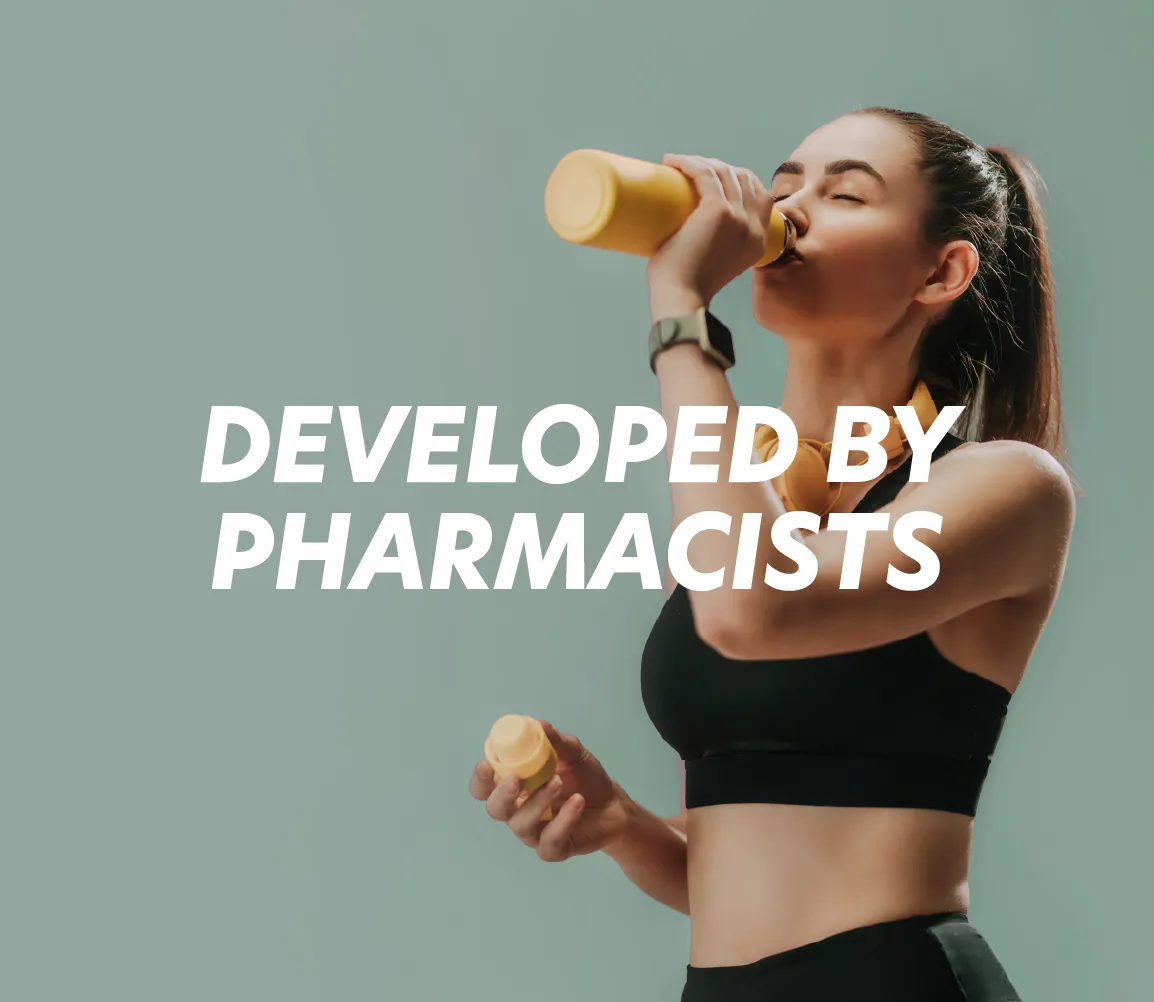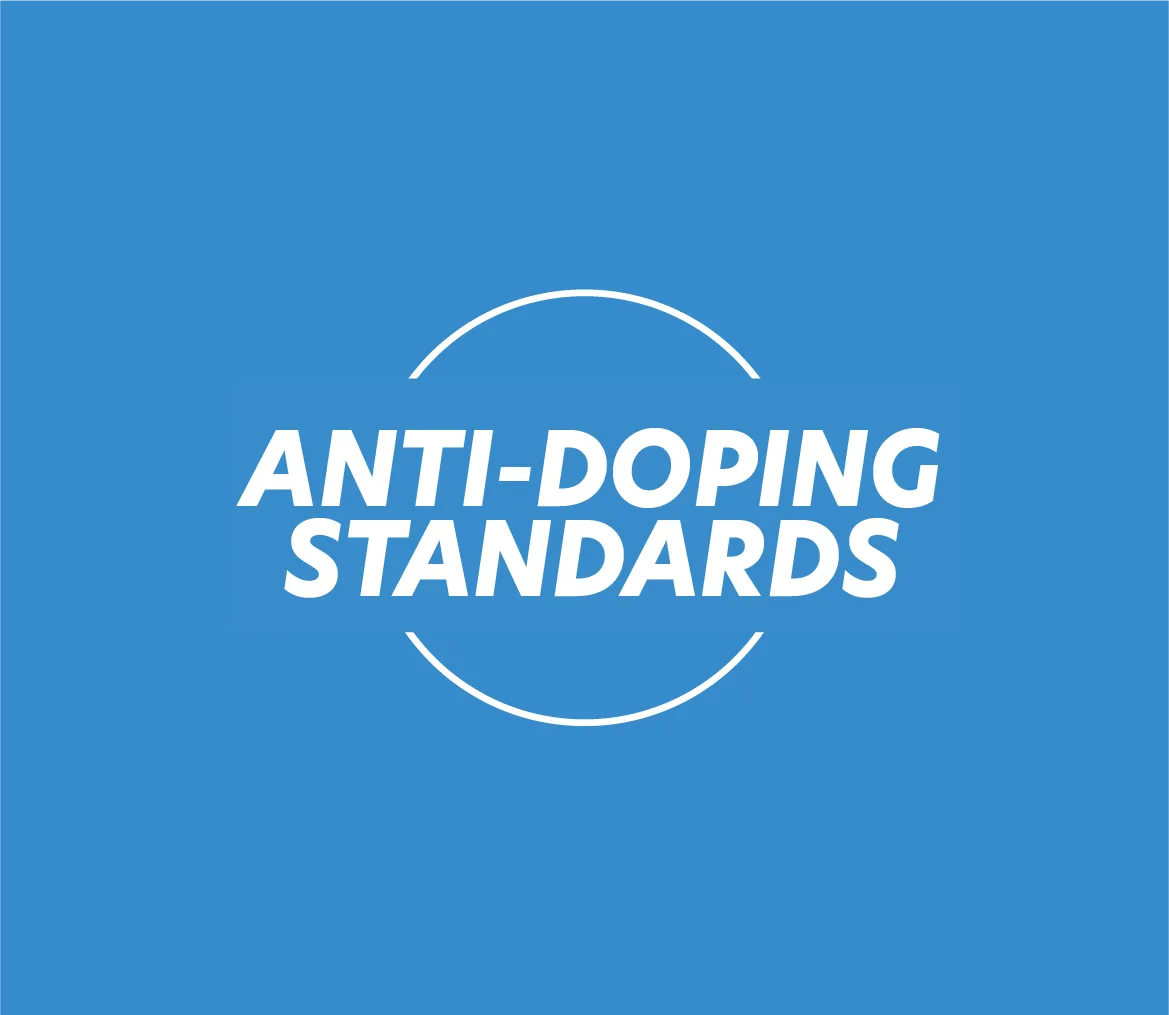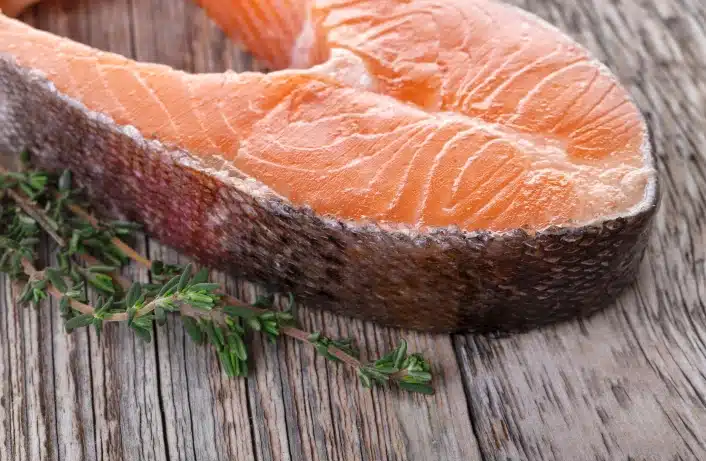Despite their reputation as health allies, omega-3s are often misunderstood: oils, fish, capsules... everything seems good, but not everything is equal.
The result: the majority of French people have omega-3 levels two to three times lower than those associated with good cardiovascular and cerebral health.
However, a simple dietary adjustment may be enough to correct this imbalance without systematic recourse to supplements.
This article clarifies the true sources, roles and relevant uses of omega-3s - so you know when, why and how to act effectively.
In a nutshell
- Diet comes first; supplementation (1-2 g/d EPA/DHA) is only useful in specific cases or where deficiencies have been demonstrated.
- Omega-3s (ALA, EPA, DHA) are key essential fatty acids for the brain, heart and inflammatory balance.
- The conversion of vegetable ALA into EPA/DHA is very low, so it's best to aim for a good omega-6/omega-3 ratio and eat oily fish from time to time.
- An Omega-3 Index of 8-12% reflects optimal status; the majority of populations remain below 5%.
Understanding omega-3s without confusion
Family, shapes and roles
Omega-3s are essential polyunsaturated fatty acids: the human body cannot produce them in sufficient quantities. They are often referred to as "good" fats or lipids.
We distinguish :
- ALA(α-linolenic acid, vegetable)
- EPA(eicosapentaenoic acid)
- DHA(docosahexaenoic acid, marine).
They play a structural role in :
- membranes (fatty acid composition),
- brain function (memory, vision, cognition),
- the nervous system,
- cardiac function,
- cardiovascular system (blood pressure, triglycerides).
Potential benefits include cardiovascular health, inflammatory balance, vision, memory, certain attention disorders and brain development (key age periods).
Omega-3 metabolism: from diet to target organs
Plant source
ALA
Alpha-Linolenic Acid
🌿 Rapeseed oil, linseed, walnuts
⚠️ Limited and variable conversion depending on the individual
EPA: moderate conversion | DHA: low conversion
Target organs
- 🧠 Brain
- ❤️ Heart
- 👁️ Retina
- 💪 Muscles
ALA → EPA/DHA conversion: mechanism and limits
Alpha-linolenic acid (ALA), found in linseed, rapeseed, walnut, chia and soybean oils, is the plant precursor of the long-chain omega-3s EPA and DHA.
However, this conversion by the body is low and highly variable, depending on a number of factors: excess linoleic acid (omega-6) in the modern diet, genetic differences, nutritional status, gender, age and eating habits.
The limiting stage of this conversion is competitive with that of omega-6: too high an intake of omega-6 reduces the transformation of ALA into EPA and DHA.
Hence the importance of a better omega-6/omega-3 balance for cardiovascular health.
Recent studies show modest beneficial effects: lower triglycerides and slight improvement in blood pressure in some people. However, to date, no solid evidence confirms a significant reduction in the overall risk of mortality or major cardiovascular events.
Omega-3 Index: what index should the body aim for?
The Omega-3 Index corresponds to the percentage of EPA and DHA incorporated into the membranes of red blood cells. This marker accurately reflects the concentration of omega-3s in the body's tissues, far more stable than plasma measurements influenced by recent intakes.
An index between 8% and 12% is generally associated with lower cardiovascular risk, while a level below 4% indicates deficient status. Most Western populations have EPA and DHA intakes of between 3% and 5%.
Status Deficient
High cardiovascular risk. Insufficient EPA and DHA intakes.
Intermediate status
Average Western population. Intakes to be improved to optimize health.
Optimal status
Optimal protection for heart and brain. Reduced cardiovascular risk.
Most Western populations have an EPA and DHA intake of around 3 to 5%. This is due to low consumption of oily fish and an unbalanced ratio of omega-6 to omega-3 in the modern diet.
INCA and ANSES studies indicate that over 90% of French people are deficient in omega-3 (EPA + DHA). In practice, average intakes cover less than half of the official recommendations (around 0.5 g/day consumed versus the 1 to 2 g/day recommended for ALA, and 100-150 mg of EPA + DHA versus the 250 mg/day required).
The test, performed on a single drop of dried blood, can be used to assess whether dietary intake (fatty fish, rapeseed oil, walnuts, etc.) covers requirements, or whether targeted supplementation (fish oil, krill, microalgae for vegetarians) is justified.
Reference values vary according to epidemiological studies and expert recommendations (Harris, von Schacky, ISSFAL). Interpretation must always take account of individual context: age, lipid metabolism, pathologies, treatments, or omega-6/omega-3 ratio.
Today, an Omega-3 Index of over 8%, made up of around 40% EPA and 60% DHA, corresponds to an optimal status.
To achieve this, we should aim for an average of 500 to 600 mg EPA + DHA per day over a period of several weeks, equivalent to 100-150 g of mussels, squid or oysters, or 80 g of salmon, tuna, sardines, mackerel or trout.
In certain specific contexts - recovery from injury, lowering of blood pressure, high inflammation - a target higher than 1000 mg/d may be justified under professional supervision.
In practice, repeating the measurement after 3 to 4 months of dietary adjustment enables us to check the biological response and achieve an optimal balance between cardiovascular, neurological and anti-inflammatory benefits.
Target your needs (general public & athletes)
In adults, a distinction is made between intake (in g/d, daily intake) and status (Index).
Needs depend on many factors:
- age,
- diet,
- eating habits (frequency of fatty fish consumption),
- physiological stress
- personal factors (e.g. omega-3 deficiency, specific cognitive disorders, cardiac situations linked to cardiovascular risk).
According to current studies, supplementation is only really useful in special cases:
- low fish consumption,
- vegan diet,
- period of high training load,
- patients at cardiac risk or with targeted disorders.
This is known as omega supplementation(omega-3EPA/DHA).
Before considering supplements, the most important thing is to cover your needs through your diet. The diet should be the primary source of omega-3s, seeking a balance between plant (ALA) and marine (EPA, DHA) fatty acids.
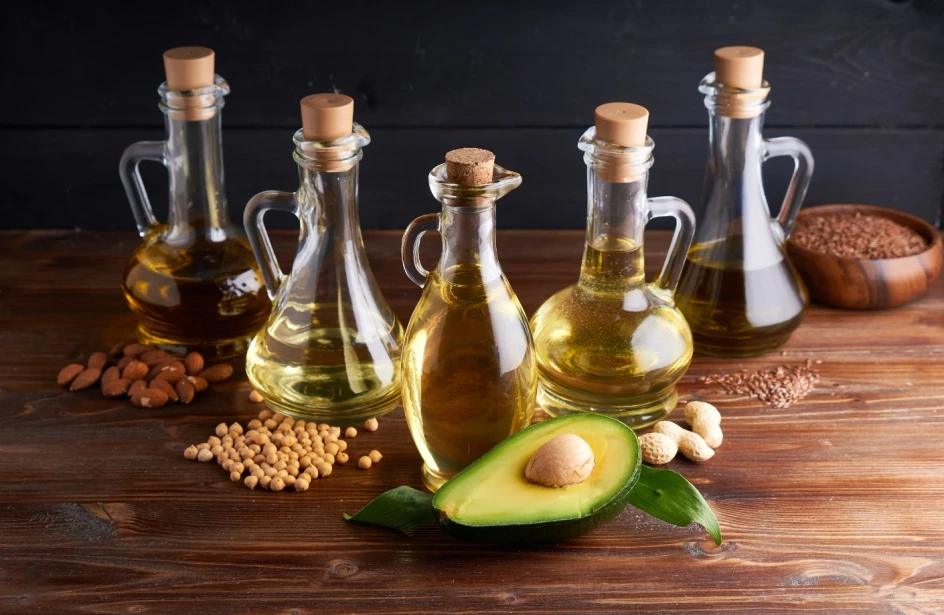
ALA (plant) - creating balance
Alpha-linolenic acid (ALA) is the starting point of the omega-3 chain. It is found in vegetable oils and seeds:
- Rapeseed oil (commonly used, excellent base for salad dressings), easy to add to a protein shaker
- Linseed oil (use only cold)
- Walnuts, ground linseed, chia seeds, soybeans
Practical objective: incorporate a daily source of ALA, while limiting the use of oils rich in omega-6 (sunflower).
What's the best vegetable oil for omega-3 intake?
| Oil | Average ALA (omega-3) content | Omega-6 / omega-3 ratio | Special features and recommended use |
|---|---|---|---|
| Linseed oil | 🥇 ≈ 50-55% ALA | ~ 1 : 0.3 (very rich in omega-3) | Most concentrated vegetable source. Use only cold (seasoning). Highly sensitive to oxidation. |
| Rapeseed oil | ≈ 8-10% ALA | ~ 2 : 1 (excellent balance) | Ideal for everyday use. Good stability in gentle cooking. Recommended as a base for rebalancing the omega-6/3 ratio. |
| Walnut oil | ≈ 10% ALA | ~ 5 : 1 (fairly balanced) | Pleasant flavor. Use cold (vinaigrettes, crudités). Moderate oxidation: store in a cool place. |
| Olive oil | < 1 % d’ALA (très pauvre en oméga-3) | ~ 10-13 : 1 (unbalanced) | Low in omega-3s, but excellent for cooking thanks to its heat stability and high polyphenol content. |
Tip: replace sunflower oil with cold-process rapeseed or linseed oil, and use olive oil for cooking to avoid oxidation of the omega-3s.
EPA & DHA (marine) - reaching the target
EPA (eicosapentaenoic acid) and DHA (docosahexaenoic acid) come mainly from the marine world.
Main sources: salmon, mackerel, sardines, herring, anchovies, trout, some seafood.
Consuming 2 portions of oily fish a week will generally enable you to reach the recommended intake over the long term.
A sustainable and safe approach:
Our environmental impact is closely linked to our food consumption patterns. That's why we advise you to pay particular attention to the omega-3 products you choose. These products are very often linked to the over-fishing or industrial exploitation of wild krill.
- Choose products fromspecific farms, such as organic ones, or from certified fisheries (e.g. Friend of the Sea, MSC).
- Ban the consumption of products linked to the exploitation of krill, a key resource in the marine food chain.
- Check health safety (heavy metals, dioxins).
| Fish / portion | Estimated EPA + DHA | Remarks |
|---|---|---|
| Farmed salmon (portion ≈ 85 g / 3 oz) | ~ 1,000-1200 mg | Premium source of omega-3. |
| Atlantic or Pacific herring (≈ 85 g) | ~ 1,000 mg | Very good candidate for 2 times/week. |
| Atlantic mackerel (≈ 85 g) | ~ 1,000 mg | Good value, less than salmon or herring. |
| Canned sardines (≈ 100 g) | ~ 1,000 mg | Practical option, good value for money. |
| Anchovies (≈ 85 g) | ~ 1000 mg | Small oily fish, rich in omega-3. |
| Cod (lean fish, ≈ 85 g) | ~ 300-400 mg (≈ 0.3-0.4 g) | Much lower content, not sufficient on its own to cover omega-3 intakes. |
Storage, cooking and oxidation
Omega-3s are highly sensitive to heat, air and light.
- Storage: Store in cool, opaque bottles.
- Use: avoid cooking at high temperatures (especially frying).
- Compléments : vérifier l’indice TOTox (mesure de l’oxydation) communiqué par le fabricant ; un indice < 10 est considéré comme bon signe de qualité.
In short, a well-thought-out diet (varied, rich in balanced vegetable oils and supplemented from time to time with fatty fish) remains the most natural and sustainable strategy for optimizing omega-3 status before any supplementation.
Omega-3 supplementation: regulated cases of use
If your diet doesn't cover your needs, you can only consider supplementation under the supervision of a dietician.
The first rule is to always choose to take it with a meal (better absorption), not after exercise.
The athlete must also choose a quality product that is not linked to overfishing or the fish by-products industry:
- Form: capsules, drops; be sure to read the label "EPA and DHA", dosage per capsule.
- Quality & safety: purity, heavy metals, TOTox index, fish/algae certification, traceability from raw materials to encapsulation, online quality reports( manufacturer'swebsite ), brand transparency.
- Labels/approaches: recognized suppliers, Friend of the Sea certifications, food safety data.
For vegetarians, seaweed oils are one of the only scientifically validated sources available today for supplementation. They are also very interesting for non-vegetarians looking for a product with less environmental impact.
Safety & side effects
At the usual doses, safety is good, but vigilance is still required: monitor digestive side effects, balance with other treatments, and seek professional advice (doctor/dietician).
As for the bleeding often associated with omega-3s, no clear increase has been reported at usual doses.
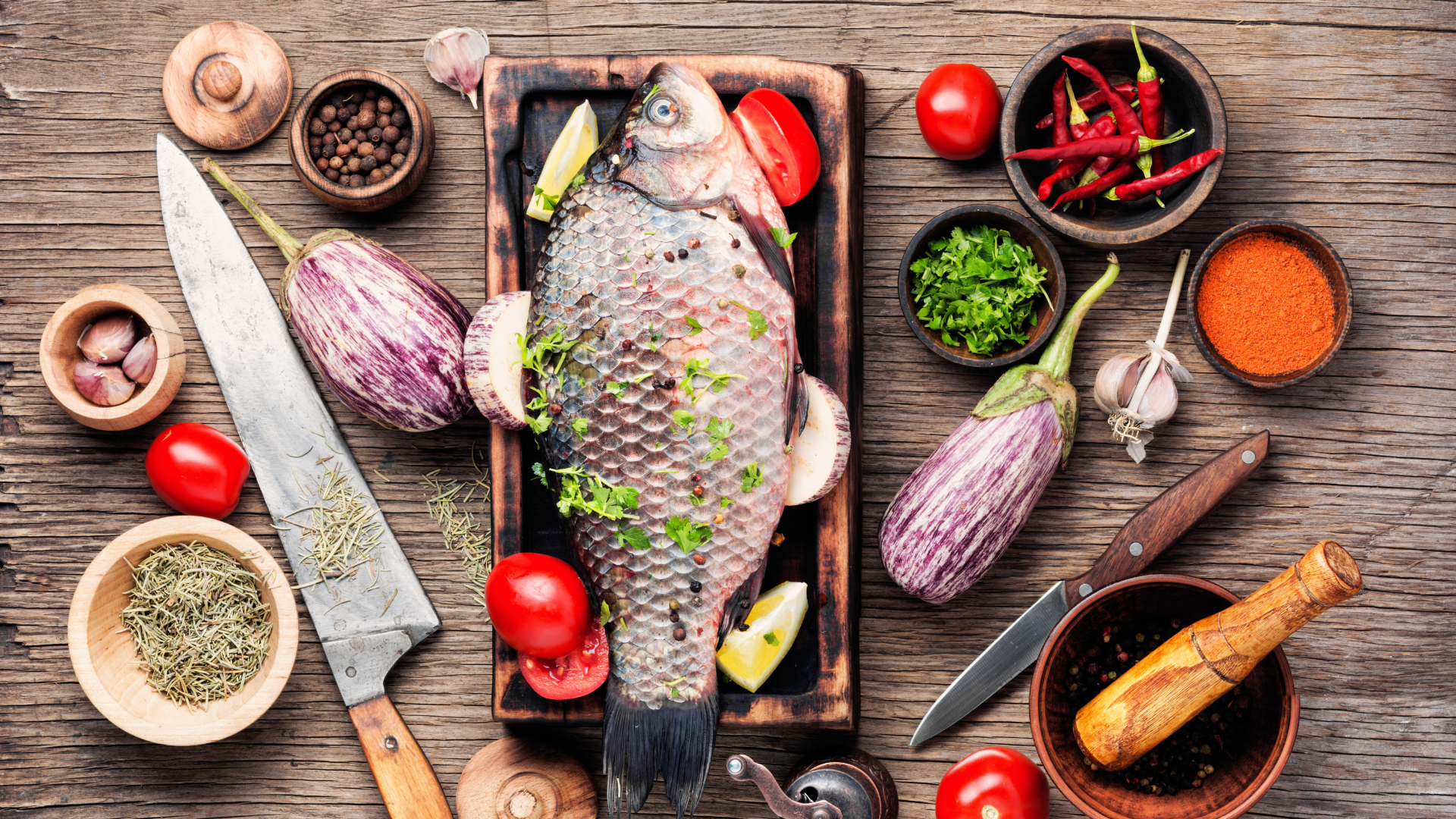
Sport & performance: what the studies (really) say
Omega-3s are a class B dietary supplement: we're talking about emerging and/or mixed scientific evidence, worthy of consideration for certain populations or specific situations. Individual athlete monitoring is recommended to clarify perceived efficacy and/or contraindications.
Scientific results therefore remain mixed: benefits seem to depend on initial omega-3 status, type of effort and dosage used. The benefits of supplementation for athletes are not necessarily justified.
Recovery, inflammation and pain
Clinical trials show that EPA and DHA can :
- reduce certain inflammatory markers (CRP, IL-6) after intense effort,
- reduce the perception of aches and pains (DOMS),
- and accelerate functional recovery after eccentric sessions or demanding competitions.
However, the effects remain modest and variable according to dose (> 1 g/d often necessary), duration (> 3-4 weeks), and level of training. In athletes already well nourished with ALA/DHA/EPA, the additional impact is very limited or even absent.
For more details, Protéalpes offers you its files:
Immobilization and muscle mass
Several human and animal studies suggest that omega-3s, particularly EPA, may :
- limit loss of muscle mass during immobilization or prolonged downtime,
- promote protein synthesis by increasing sensitivity to insulin and amino acids.
These results are encouraging, but are based on studies that are often small in scale or heterogeneous in methodology. It is therefore an interesting physiological lead, but not established clinical proof.
Cognition, stress and sleep in athletes
EPA and DHA help maintain neuronal membranes and regulate neurotransmitters.
Studies show :
- better concentration and alertness,
- a slight reduction in perceived stress or mental fatigue,
- and, in some cases, improved sleep patterns.
However, the effects depend strongly on the participant's profile (endurance athlete, student, military...), dosage and duration of supplementation. Data are still heterogeneous.
Practical integration
For athletes, the priority remains nutrition:
- 2 to 3 portions of oily fish a week often cover basic needs.
- In case of deficiency or intensive training periods, EPA/DHA supplementation (1 to 2 g/d) can be considered, with meals for better absorption.
- Integrate this strategy into the nutritional periodization of training, and adjust according to the monitoring of omega-3 status (Omega-3 Index).
Remember: omega-3s are not "miracle" ergogens, but a potentially useful metabolic support lever in certain specific and rare cases for recovery, muscular and cognitive health. The basis remains the diet, which is normally sufficient to meet the needs of athletes.




